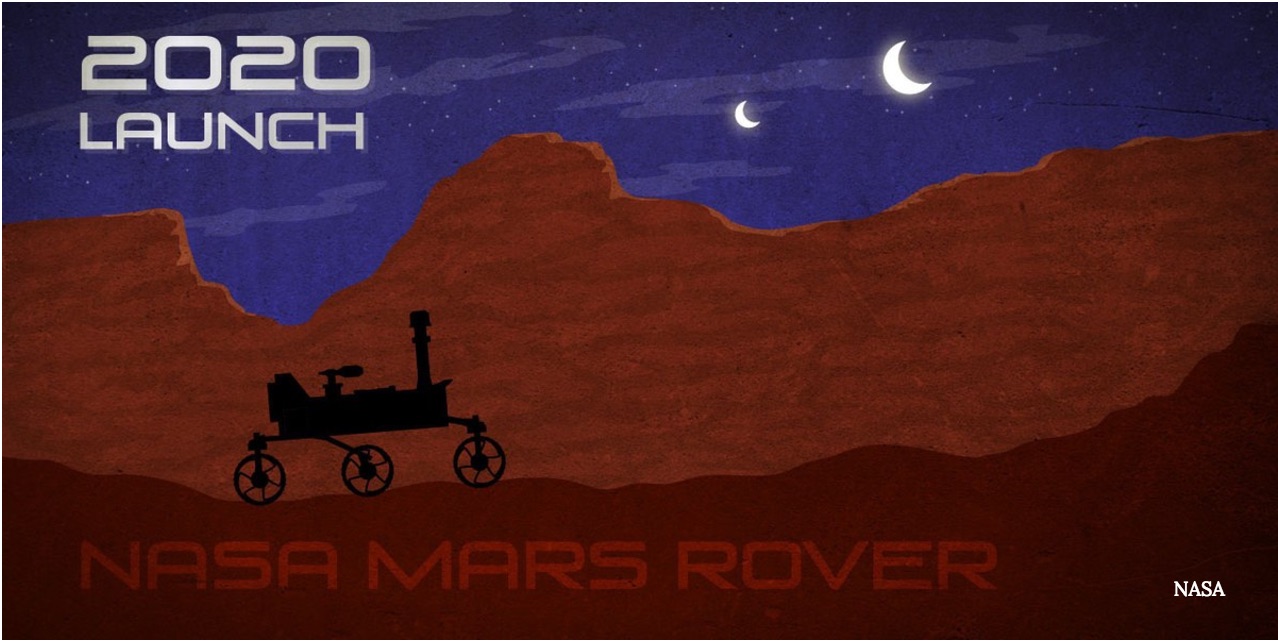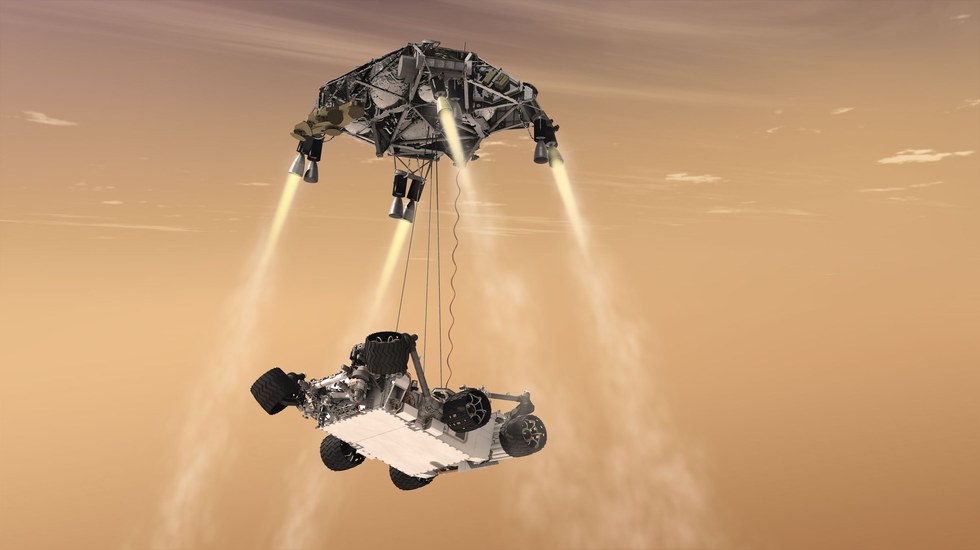Mars 2020 Rover's Landing Site Will Undergo Hot Debate This Week

Curiosity's younger sibling is moving one step closer to knowing where to land on Mars. This week, three days of workshops will be held in Monrovia, Calif., to narrow down the landing sites from eight candidate locations. You can watch the action on this livestream between Wednesday and Friday.
Mars 2020 is the next step to NASA's search for ancient habitable environments on Mars. The rover can also deposit sample "caches" for a possible sample return mission sometime to pick up the materials and bring them back to Earth.
"The Mars 2020 mission would explore a site likely to have been habitable, seek signs of past life, fill a returnable cache with the most compelling samples, take the first steps towards in situ resource utilization on Mars, and demonstrate technology needed for the future human and robotic exploration of Mars," the workshop's website reads.
"Undoubtedly the most consequential remaining decision for the Mars 2020 mission is the choice of landing site," it adds. "In this workshop we seek the critical insight of community members to identify and evaluate the virtues, uncertainties, strengths, and weaknesses of candidate landing sites as input to the process by which three or four sites will be prioritized for further consideration."
RELATED: NASA Watchdog Warns Mars 2020 Rover Could Miss Its Launch Date
Attendees are urged to "take the long view" when making their decisions, as the science of the site will be valuable not only for Mars 2020, but potentially for a sample mission. As such, the committee has come up with several criteria to figure out what kind of site is most suitable.
Get the Space.com Newsletter
Breaking space news, the latest updates on rocket launches, skywatching events and more!

The criteria are:
- An astrobiologically-relevant ancient environment.
- A returnable cache of rock and regolith samples to yield fundamental scientific discoveries if returned to Earth.
- High confidence that the site fulfills criteria 1 and 2.
- High confidence that the highest-value sites can be investigated.
- The site could have water resources of use in future exploration.
"At the end of the workshop, attendees will be surveyed using a five-point scale on each of the criteria listed for each of the landing sites. The survey data will be tallied to generate a red-yellow-green, qualitative "stoplight" chart for each of the criteria at each site," the website reads.
RELATED: Here's What NASA's Next Generation Mars Rover Will Do
The aim is to prioritize three or four of these sites for future studies, including scientific and engineering consideration. The eight sites under consideration are Columbian Hills, Eberswalde, Holden Crater, Jezero Crater, Mawrth Valles, Southwest Melas, Northeast Syrtis and Nili Fossae. Full information about each location is on the background page.
Originally published on Seeker.
Join our Space Forums to keep talking space on the latest missions, night sky and more! And if you have a news tip, correction or comment, let us know at: community@space.com.

Elizabeth Howell (she/her), Ph.D., was a staff writer in the spaceflight channel between 2022 and 2024 specializing in Canadian space news. She was contributing writer for Space.com for 10 years from 2012 to 2024. Elizabeth's reporting includes multiple exclusives with the White House, leading world coverage about a lost-and-found space tomato on the International Space Station, witnessing five human spaceflight launches on two continents, flying parabolic, working inside a spacesuit, and participating in a simulated Mars mission. Her latest book, "Why Am I Taller?" (ECW Press, 2022) is co-written with astronaut Dave Williams.









